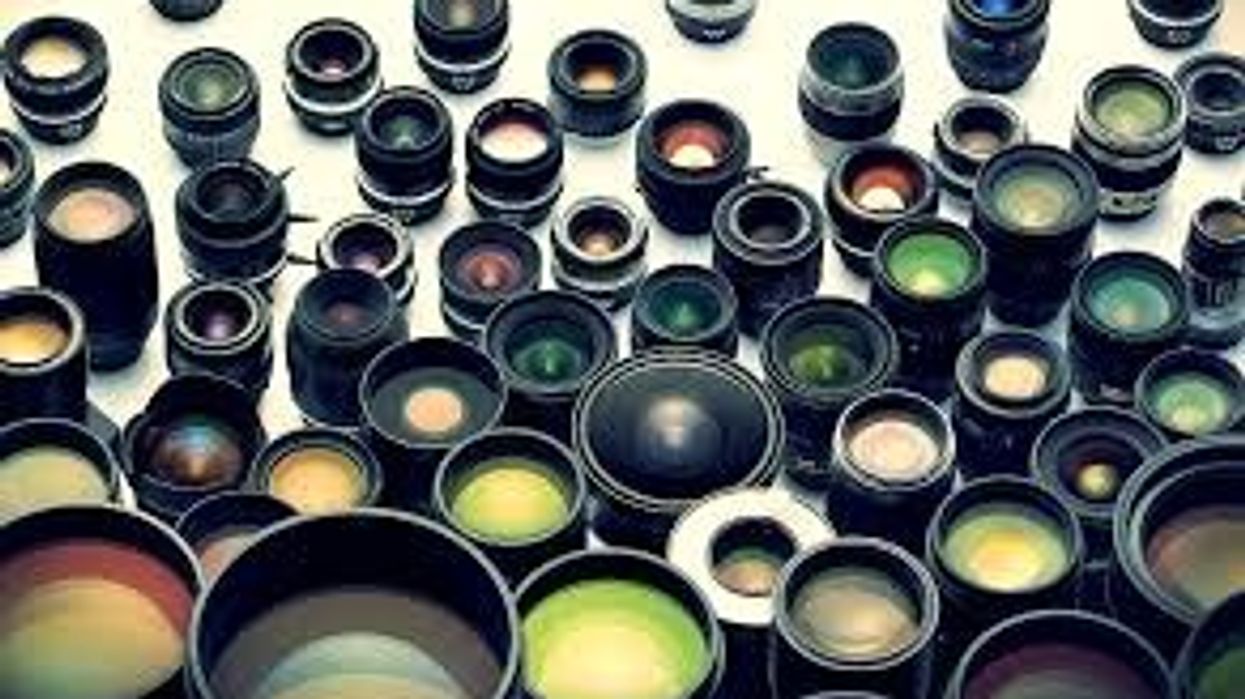Is Your Faster Lens Really Worth Paying Lots of Money For?
Wider apertures aren't really the selling point of a more expensive lens, but we know what is.

All too often, our Gear Acquisition Syndrome is fueled by specs we read online. Take faster lenses for instance. Lenses that can squeeze out an extra stop for better low light performance and delicious bokeh may be tempting, but is getting that extra stop of light worth paying up to a thousand dollars or more? Well, in the cases of lenses, it isn't always about the specs. It's about what's under the proverbial hood.
Lenses aren't just sold because of how fast they are. You're paying for the quality of the glass. After all, you get what you pay for. And a good lens is going to last you, and that's what you're paying for. - Daniel Norton
After spending over 30 years as a professional photographer, Daniel Norton has no doubt shot with just about every lens known to man. He's seen just about every lighting condition, and he knows the difference between a cheaper, budget lens, and a lens that costs hundreds more. Norton doesn't think focusing on specs is the final word in deciding whether to buy a faster, more expensive lens. You have to look at what you're really getting for the money.
In a porch-side chat on YouTube, Norton shares his thoughts on talking to a photographer in a camera store about whether it's worth the money for an extra stop. North says that most camera lens manufacturers have different levels. Often they are divided by lens stop, but the real marker is the quality of glass that is used in a lens. A lens that costs $800 more for a faster lens, usually indicates that the more expensive lens will have better glass, with less flare and chromatic aberration. It will also be heavier, with more metal pieces, which will give it a longer life.
If the cheap lens is all your budget can afford, buy that cheap stuff. It's better than not shooting at all. But at the same time, don't think a more expensive lens is just paying for a name. In most all cases, an expensive lens is better by a great deal.
That cheaper, entry level lens, by contrast, may not be all that much slower, but it will have cheaper glass, and more plastic pieces to save money and weight. A cheaper lens doesn't necessarily mean it won't work for your purposes, it likely will. Over the long haul, a more expensive L series lens is made to last. Norton says it's "made to be beat up," while the cheaper kit lenses are mostly meant to get you into the game.
Norton says more expensive lenses will have better lens coating to cut down on lens flares and chromatic aberration. That's a very important thing to consider. However, getting that "cheaper" look could be just what the photographer ordered. Or a film look from a decades old film lens, which will provide added character.
For me though, I think that the constant aperture zooms are an exception here. I like the idea that you can go down the focal length of a zoom, like Canon's award-winning L series 28-70mm, and get a constant f2. That's one less detail I have to worry about. It also has a far sharper look, making it well worth the money. And knowing that it's going to last decades, makes it a worthy investment.'
And don't get me started about how important Bokeh is. What are your thoughts?
Source: Daniel Norton













